Last year, summer 2011, I visited a seaside city in Southern China called Shantou. It is one of the original Special Economic Zones of China, just like Zhuhai, and it has a unique culture of its own. They are a special kind of Cantonese people who speak “Chaoshan hua”. (A shared dialect between Chaozhou and Shantou ) Most are ethically Han but refer to themselves as Chaoshan people. Their women are known to be “the best wives in China” because they take care of their husbands so well. AND they offer some of the most delicious cuisine too. So, what should you eat when you go to Shantou or Chaozhou? … BEEF.
While I was in Shantou, my hosts took us to a buffet-style restaurant famous for its Beef Balls. (You’ll hear many Shantou people ask “Do you like beef ball?”) The following photos show the entire spread of meaty goodness available at the buffet, which is meant to be cooked in mini hotpots in front of each person.
Tip! When gathering your dipping sauces be careful not to mistake the MSG for sugar… Don’t worry! At least this restaurant lets you choose whether or not to put in the Wizard!
Chaozhou was also amazing city to visit due to its history. Take a look at some of the places we visited below. The first one is a bridge made from boats latched together. It’s very old! Another one is me on an old street which is lined with gates through the center of the old city.
The Eastern part of Guangdong is truly different from the Pearl River Delta (PRD) area. I highly suggest a visit because money and pollution can get a little boring after a while… am I right?




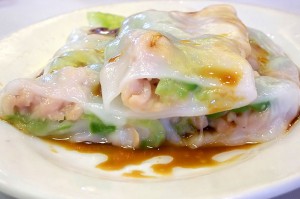
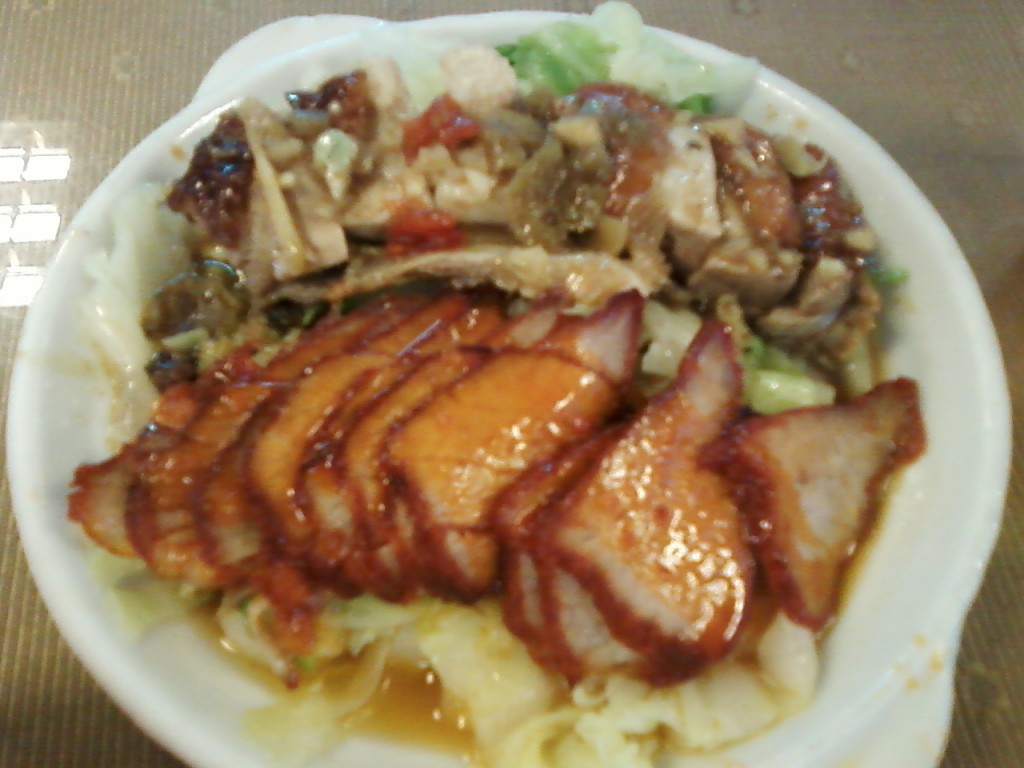
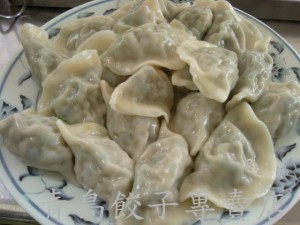
 , such questions are rudimentary. Same goes for dumplings.
, such questions are rudimentary. Same goes for dumplings.
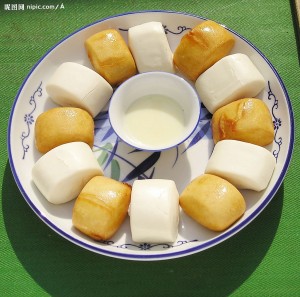
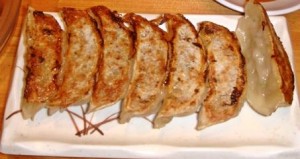




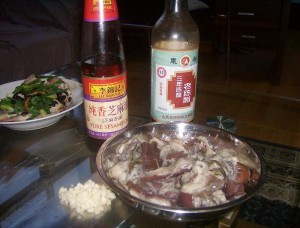

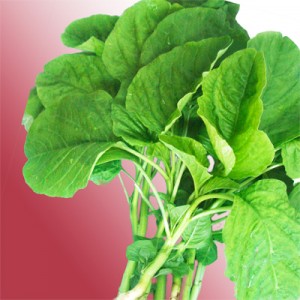
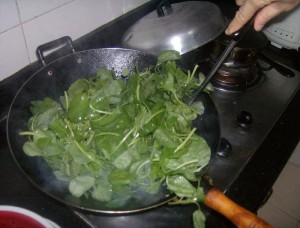
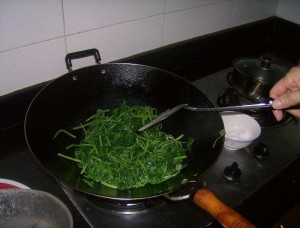
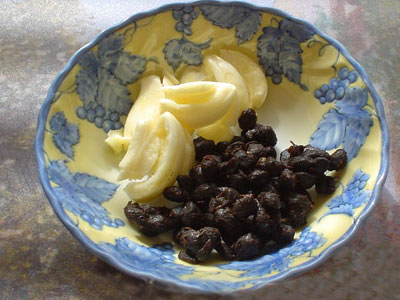
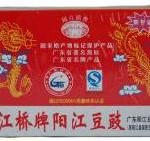
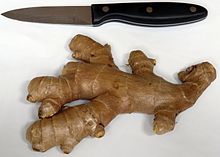 Ginger is commonly used in Chinese cooking. You can find that and garlic everywhere in China! And its no mystery that it is good for your health. Slice it or chop it for added flavor with fried veges. A respected professor and leader in my university here suggested me to eat small cubes of it with warm milk in the morning to support the flow of “Qi” in the body and settle my stomach. Its better to eat (swallow) ginger earlier in the day, but you can use it with
Ginger is commonly used in Chinese cooking. You can find that and garlic everywhere in China! And its no mystery that it is good for your health. Slice it or chop it for added flavor with fried veges. A respected professor and leader in my university here suggested me to eat small cubes of it with warm milk in the morning to support the flow of “Qi” in the body and settle my stomach. Its better to eat (swallow) ginger earlier in the day, but you can use it with  Custom Search
Custom Search